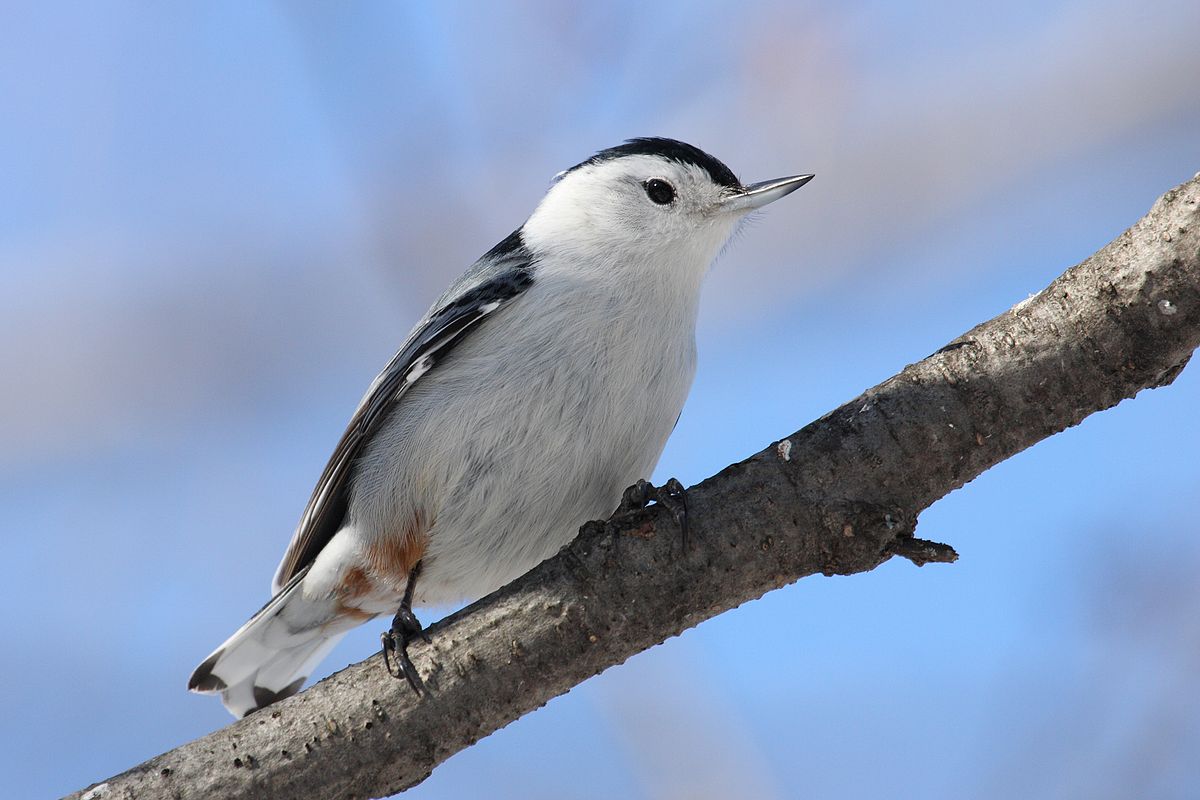Offer
Provide additional details about the offer you're running.
Provide additional details about the offer you're running.
Provide additional details about the offer you're running.

A common bird found year-round throughout the US, parts of Mexico and southern Canada, the White-Breasted Nuthatch can be a vocal addition to your backyard feeders. These small birds typically travel and remain in pairs and often can be seen in larger flocks this time of year as we move into the winter months. This species derives its name primarily because of its habit of hammering large nuts and acorns with their sharp bill and “hatching” the seeds from inside.
As we stated above, these nuthatches can be found throughout the US, with large populations through the northeastern states and lower parts of most Canadian provinces. These beautiful little birds can be found typically in deciduous forests, edges of woodlands and in maturely treed backyards.
Despite being the largest nuthatch, this is still a very small-sized bird that features a large head, short tail, and a long narrow bill. The white-breasted nuthatch sports a grayish-blue colouring across their back and a white face and underparts as their name suggests, while most can also be seen with a chestnut coloured lower belly. They also can be seen wearing a “hood”, with a black cap and neck frame feathers.
Despite their size, these birds can be quite vocal and will often lead a well-trained birder right to their very location. The males will sing their hearts out in late winter and early spring, filling the air with their nasally-sounding wha-wha-wha song lasting for about 3 seconds. Males will actually sing two variations of their song, a slower paced version and a fast version. The latter is said to be used the one males use specifically for gaining a mate.
High Quality Blend